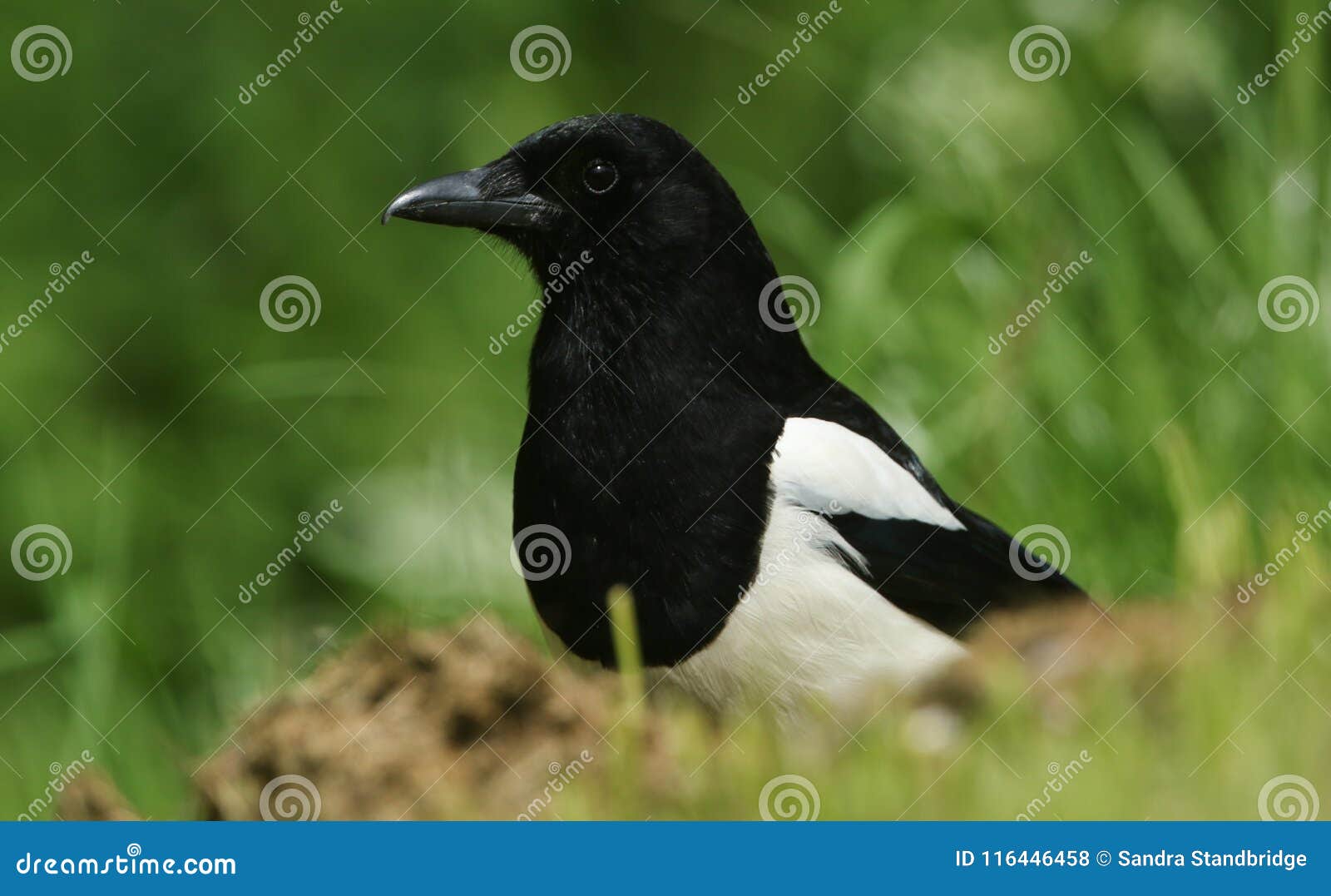
Pika and Human Interactionīecause they live at such high elevations, pikas do not frequently interact with humans. This prevents their food stores from rotting or growing mold. They create piles of grasses and other vegetation, and leave them in the sun to dry out. The colder the region, the more dried plants the pika needs to survive the winter. They spend some time feeding, and some time collecting plants to dry and store for the winter. Far from picky, they will feed on grasses, flowering plants, sedges, shrubs, mosses, and more. These creatures are herbivores, which means that they eat plants. Some species have very restricted range, while others, like the Nubra pika, are more widespread through various countries.

Quite a few species live in Mongolia and Siberia, as well as China, Nepal, India, and more. There are two species that live in North America, the rest range throughout Asia. This animal’s distribution varies greatly based on species. Those species that burrow live in less mountainous regions known as steppe, or grassland. Some species also construct burrows in the soil. The vast majority of species live in mountainous regions among the rocks and crevices. Because of this, they actually need cold temperatures, and can die if exposed to hotter climates.

Though there is a wide variety of species, all are adapted to life in cold climates. The American pika lives in the northwestern United States, while the collared pika lives in parts of Alaska and northwestern Canada. The American pika and the collared pika both live in North America. However, two species do reside in North America. Far From Home – The majority of pika species live in various mountainous regions in Asia.Boys and Girls – Just like rabbits, female pikas are called “does,” and males are called “Bucks.” Males are usually slightly larger than females.Throughout the summer, these mammals create piles of grass, dry them in the sun, and bring them to their burrows to store for the winter. Instead, to survive the winter they most store food for themselves in their tunnels. Storage Capacity – Unlike some other cold-weather species, pikas do not hibernate over the winter.Eww! The second time around, their stool looks like normal rodent poop, dark and solid. To better absorb the nutrients, they then eat this feces. After a meal, they produce green feces consisting of plants and grass.

Food so Nice, They Eat it Twice! – This close relative of the rabbit performs a similar behavior while foraging for food.From their mountain abodes, pikas exhibit a number of strange behaviors and unique adaptations. These seemingly insignificant little mammals are actually quite interesting creatures. The different species of these cute critters range anywhere from six to nine inches when fully grown, and weigh less than a pound. There are a variety of species, all of which come in different shapes and sizes. Most species have thick fur, which comes in handy living in old mountain peaks. These little mammals have stout bodies, short legs, and small ears.


 0 kommentar(er)
0 kommentar(er)
